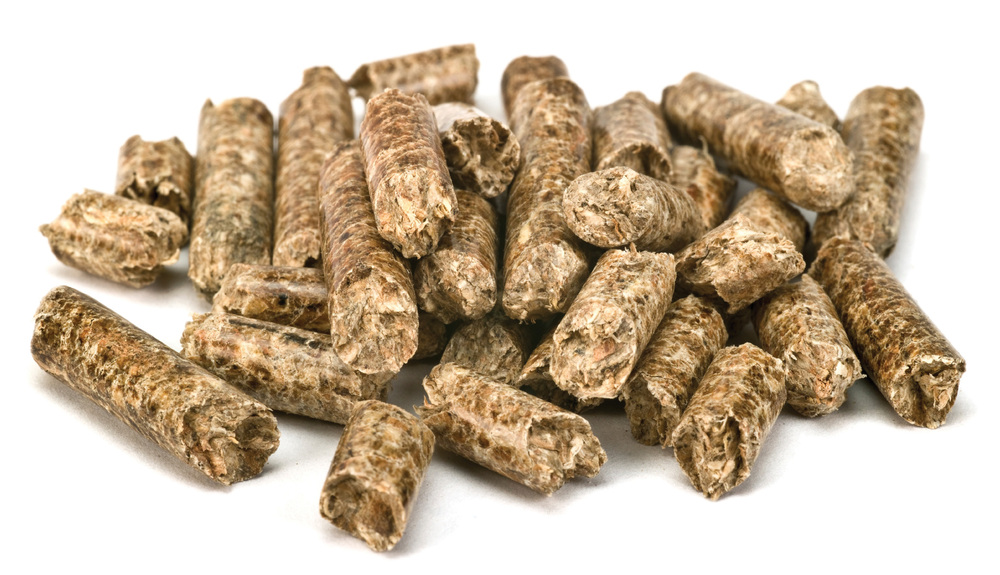Types of Wood Fuel
1. Logs
Any mention of burning wood conjures up images of a roaring log fire and the humble log fire epitomises the timeless charm of an open fire. Of course things have moved on somewhat and today the open hearth is the exception rather than the rule with cast iron stoves now featuring highly on many home owners’ wish lists. Logs are the simplest form of wood fuel and probably the easiest to obtain. Sources vary from joinery offcuts to orchard cuttings and most well managed woodlands produce logs in an ethical manner. In years gone by some firewood was harvested from coppiced trees but this is now rarely done on a commercial basis. Various tree species produce good logs for fuel but hardwoods are favoured for their burning characteristics. Probably the main disadvantage of burning logs is that suitable covered storage is required to help with the seasoning of the wood.
2. Charcoal
This is another ancient fuel which has various advantages over simple wood. Charcoal is wood which has had many volatile compounds removed and it also has a very low moisture content. As a result of this it burns very cleanly at a higher temperature than wood but needs a very good supply of air. One of its main uses used to be for smelting iron ore. Today in the developed world charcoal is most widely used as a bbq fuel. There are two distinct types, lump-wood and briquette. The lump-wood type is simply made from pieces of hardwood heated in a retort or in a turf covered natural kiln with air excluded. The briquette on the other hand is made from ground or powdered charcoal mixed with a starch binder and pressed into a mould. Both types have their advantages but the lump-wood is generally more highly regarded.
3. Wood Chips
As the name suggests, this form of wood fuel consists of small pieces of wood of a predetermined size produced by means of a chipper. Many types of automatic feed boilers are designed to use wood in this format and much of the manhandling associated with logs is avoided.
4. Wood Pellets
These are the manmade version of wood chips and, although pellets can be made from any biomass source, sawdust is probably the most common, meaning that this is a product which recycles what is normally regarded as waste. This is the type of fuel normally used in large installations for heating or power generation. Wood pellets are normally delivered by tanker so it is necessary to ensure that a dependable supplier is available locally along with adequate storage facilities.
5. Wood Briquettes
Wood briquettes are the larger version of wood pellets and are intended to take the place of conventional logs. Although these heat logs lack the aesthetic appeal of real logs, they have a number of benefits including; they don’t spit, they have low ash residue and low water content, they are easy to light and store because of their uniform shape and they burn well and consistently.
Whatever type of wood fuel is chosen, it usually generates a feel-good factor as the user feels closer to nature and environmentally responsible. Unfortunately in many cases this is simply a myth. It is true that wood is generally regarded as being carbon neutral as the carbon dioxide emitted when it is burnt can be no more than it has absorbed in the tree’s lifetime but forests must be managed so as to maintain or increase the number of trees at the site. The best way to check that wood fuel comes from an ethically managed source is to check for the FSC (Forestry Stewardship Council) certification which is usually indicated by the FSC Tick-Tree logo. There are many reasons why people opt for wood fuel and businesses which produce wood waste are often able to put this to good use and of course those involved in forestry may enjoy an ample supply of logs but many simply feel that wood is sustainable and its price is less volatile than other fuels. It is not always the cheapest option however so careful pricing should always be carried out before considering any major installations.

Comments
One response to “Types of Wood Fuel”
If your primary driver for using wood as fuel is to reduce your carbon footprint then you need to be very careful about where you source your wood from. FSC wood is considered carbon neutral because the wood you burn is replaced by new trees – great! However if the wood is processed and then transported long distances the energy used is not necessarily replaced. So make sure you get your wood from a local source. If you are using pellets or similar check that the supplier’s processes are low carbon or carbon neutral. If not you might not actually be reducing your carbon footprint at all.